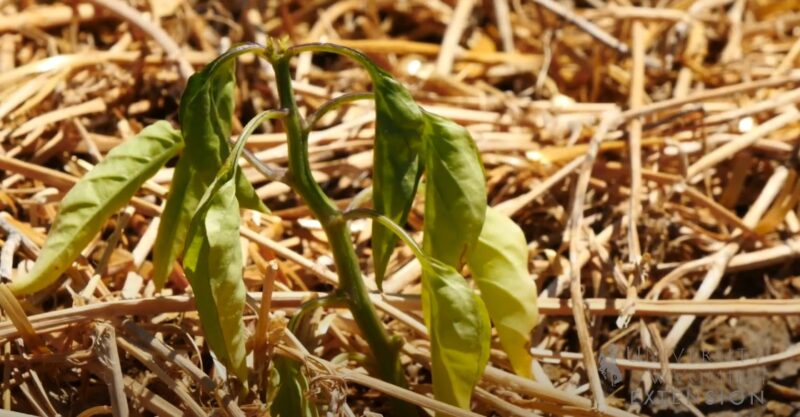How Does Salting the Earth Prevent Plant Growth? Have you ever wondered why salting the earth stops plants from growing? It sounds a bit dramatic, but there’s some fascinating science behind it.
Let’s break it down together and explore how a little bit of salt can have such a big impact on plant life.
The Basics of Plant Growth
Before we jump into the salt part, let’s talk about what plants need to grow. Most plants thrive when they have:
- Nutrients: Essential elements like nitrogen, phosphorus, and potassium.
- Water: Vital for photosynthesis and transporting nutrients.
- Sunlight: The energy source for photosynthesis.
- Soil: A medium that provides support and nutrients.
What Happens When You Add Salt?
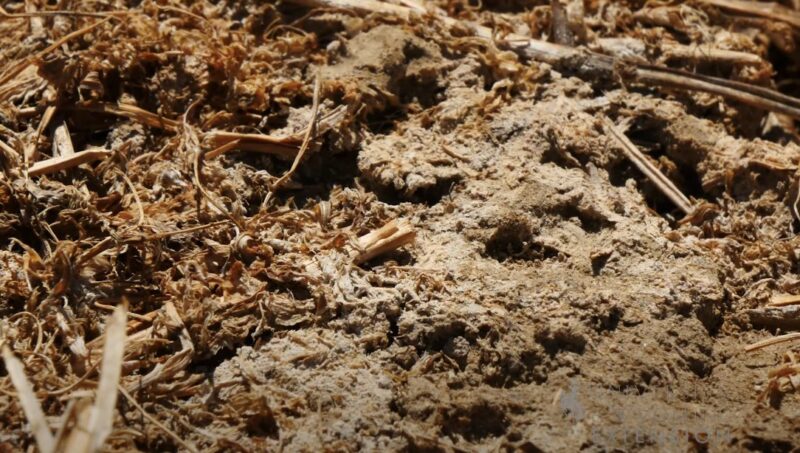
Adding salt to the soil disrupts the delicate balance plants need to survive. But how exactly does that work? Let’s break it down into a few key processes.
Osmosis and Water Absorption
Plants absorb water through their roots by osmosis, a process where water moves from an area of low salt concentration (in the soil) to an area of high salt concentration (inside the root cells).
When you add salt to the soil, it increases the soil’s salt concentration. This change causes a reversal of the natural flow of water.
Instead of water moving into the roots, it moves out, leading to dehydration. The plant struggles to get the water it needs and starts to wither.
Nutrient Uptake Disruption
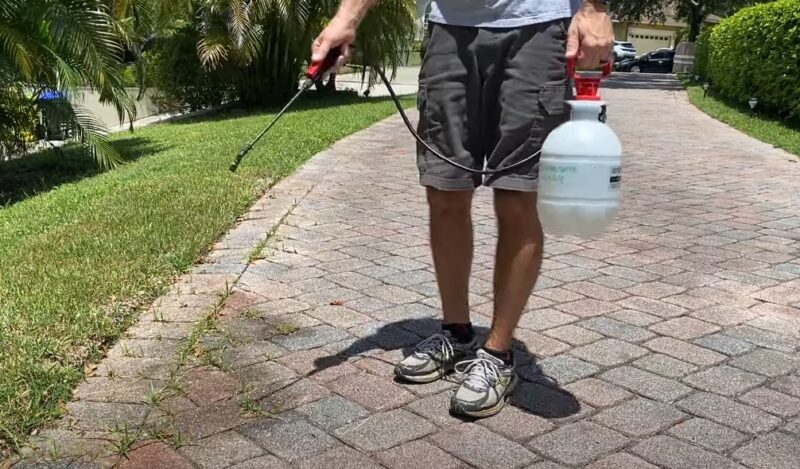
Salt can also mess with a plant’s ability to absorb essential nutrients. High salt levels can cause:
- Ion Imbalance: Plants need a balanced mix of ions (charged particles) to thrive. Too much salt disrupts this balance, making it hard for plants to absorb nutrients like potassium and magnesium.
- Toxicity: Some salts contain sodium and chloride ions, which can be toxic to plants in high concentrations.
Soil Structure and Microbial Life
Healthy soil isn’t just dirt; it’s a vibrant ecosystem full of microorganisms that help plants grow. Adding salt can:
- Kill Beneficial Microorganisms: Salt can be toxic to the microorganisms in the soil that help decompose organic matter and fix nitrogen.
- Alter Soil Structure: High salt concentrations can break down the soil structure, making it compact and less able to hold water and nutrients.
Real-World Examples
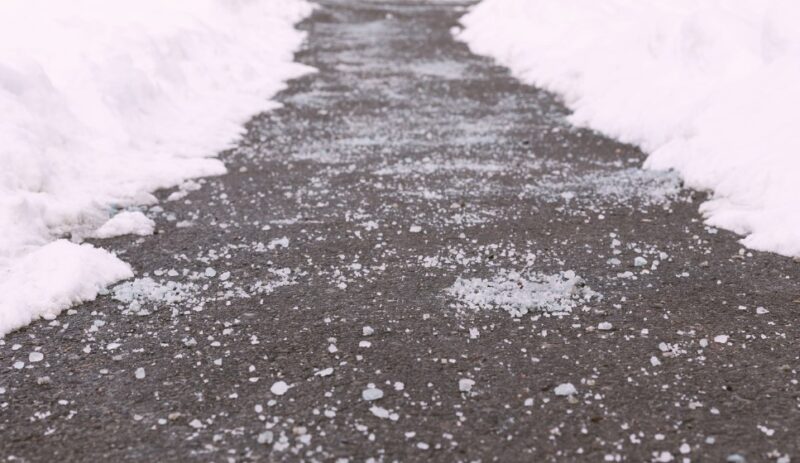
Salting the earth isn’t just a theoretical idea. History and modern agriculture offer several examples:
Historical Warfare
In ancient times, armies would sometimes salt the fields of their enemies. The idea was to render the land useless for farming, which would weaken their enemies by cutting off food supplies. The Romans famously did this to Carthage after defeating them.
Road Salt
Ever notice how grass and plants struggle to grow near roads treated with salt in winter? The salt used to melt ice can seep into the soil, creating an inhospitable environment for plants.
Preventing Salt Damage
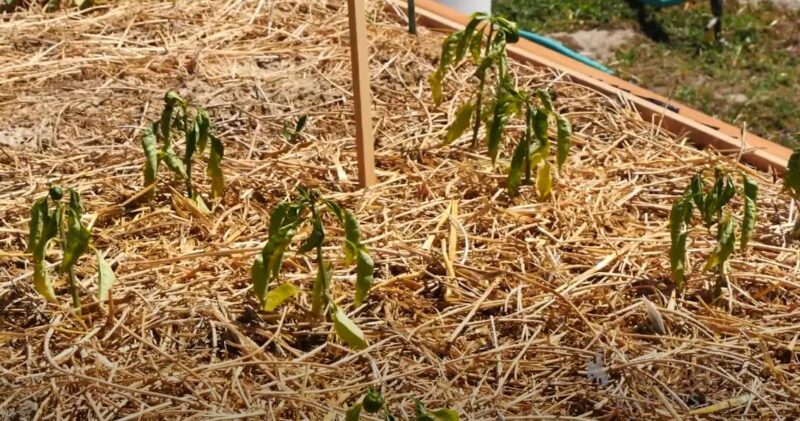
Understanding the impacts of salt on plant growth is crucial for anyone involved in gardening or agriculture. Here are some tips to mitigate salt damage:
Soil Testing
Regular soil testing can help you monitor salt levels. If you find high salt concentrations, you can take steps to manage it before it becomes a problem.
Proper Irrigation
Excessive watering can wash away some of the salt, but it’s a balancing act. Too much water can lead to other problems, like root rot. Drip irrigation systems can help by providing a steady supply of water directly to the roots, minimizing salt accumulation.
Use of Organic Matter
Adding organic matter like compost can improve soil structure and help mitigate the effects of salt. Organic matter increases the soil’s ability to retain water and nutrients, providing a buffer against high salt levels.
Choosing Salt-Tolerant Plants
If you’re dealing with salty soil, consider planting species that are more tolerant to saline conditions. Plants like barley, beets, and certain grasses can handle higher salt levels better than others.
The Science Behind Salt-Tolerant Plants
Speaking of salt-tolerant plants, let’s touch on how some plants manage to survive in salty conditions. Salt-tolerant plants, or halophytes, have evolved various mechanisms to cope with high salt levels:
Salt Exclusion
Some plants can exclude salt at the root level, preventing it from entering their system. They have specialized cells in their roots that act as barriers to salt.
Salt Secretion
Certain plants can excrete excess salt through glands in their leaves. The salt is then washed away by rain or wind.
Compartmentalization
Some plants store excess salt in vacuoles (special compartments) within their cells, keeping it away from the vital functions in the cytoplasm.
DIY Experiment (Observing Salt’s Effect on Plants)
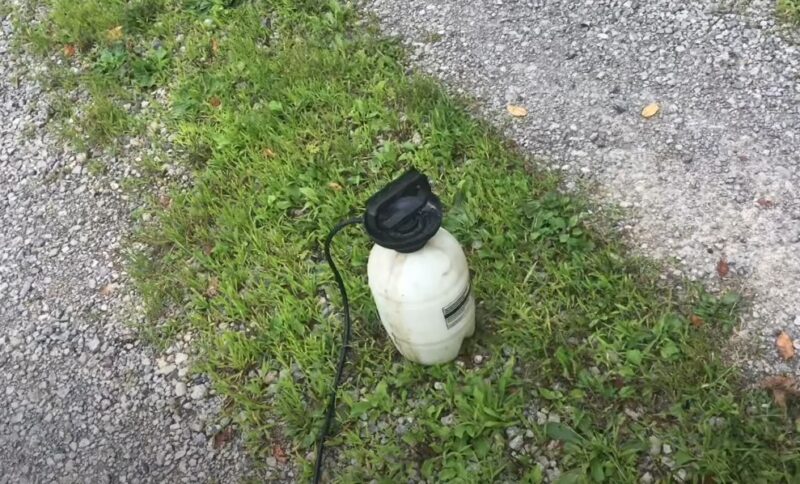
If you’re curious and want to see the effects of salt on plants firsthand, here’s a simple experiment you can try at home.
Materials Needed
- Two small potted plants of the same type
- Table salt
- Water
- Measuring spoons
Procedure
- Label the Pots: Label one pot as “Control” and the other as “Salted.”
- Water the Plants: Water both plants with the same amount of water.
- Add Salt: Dissolve a teaspoon of salt in a cup of water and use it to water the “Salted” plant.
- Observe: Over the next couple of weeks, water both plants as usual and observe any differences in growth, leaf color, and overall health.
Results and Discussion
You’ll likely notice that the “Salted” plant starts to show signs of stress, such as wilting, yellowing leaves, and stunted growth. But don’t worry, there are ways to bring your plant back to life.
This experiment can help visualize the concepts we’ve discussed and highlight the importance of managing salt levels in soil.
Concluding Thoughts
Salt has a profound impact on plant growth, primarily through disrupting water absorption, nutrient uptake, and soil health. Whether you’re gardening, farming, or just curious about plant science, knowing how salt affects plants can help you make informed decisions.
From historical practices to everyday gardening, the relationship between salt and plants is a reminder of how delicate and interconnected our ecosystem is. So next time you see a patch of struggling plants by the roadside, you’ll have a deeper appreciation of the science at play.

